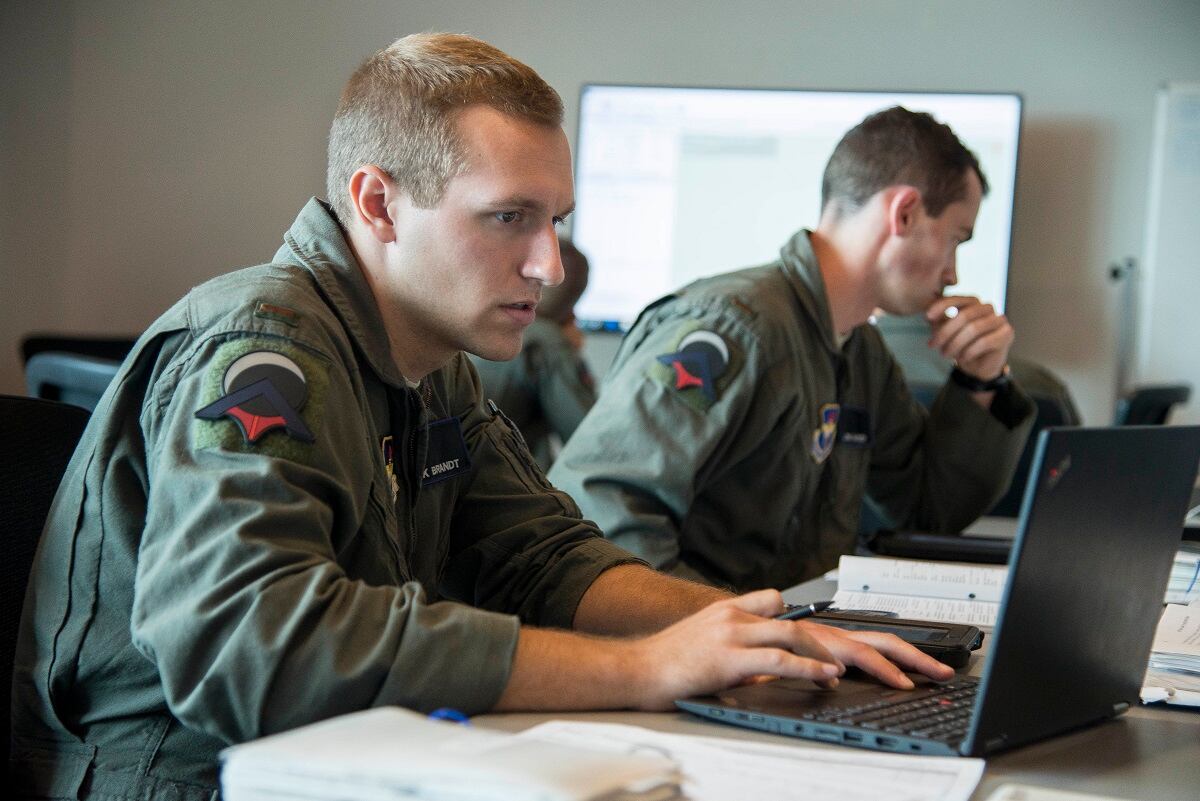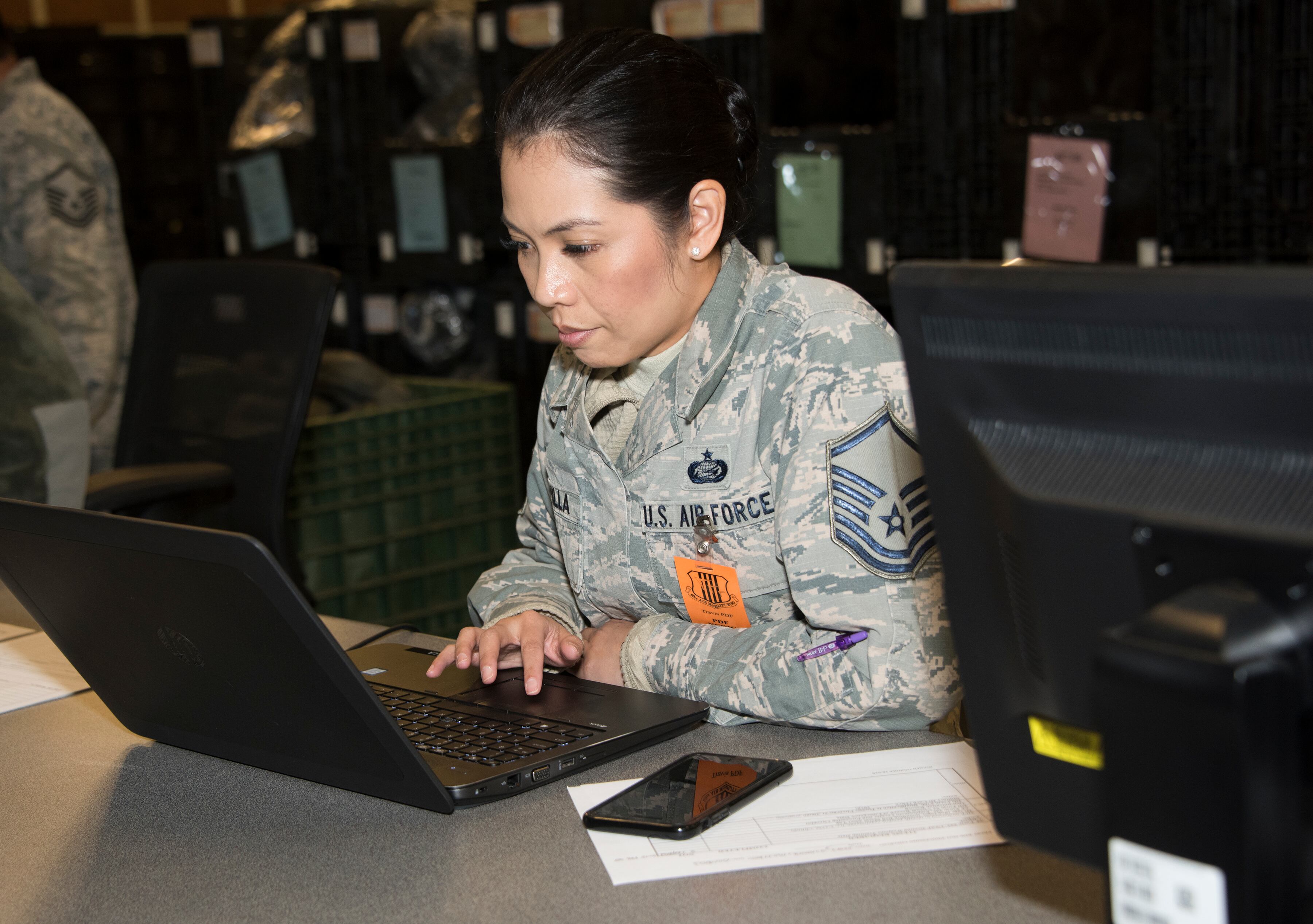Pentagon leaders have tapped Air Force Lt. Gen. Jack Shanahan to serve as the head of a new center that will focus on the use of artificial intelligence in the Department of Defense, multiple officials confirmed to C4ISRNET.
Shanahan’s move to JAIC was first reported by Defense One.
The appointment is part of a series of moves by the Department of Defense to get serious about the broader adoption of artificial intelligence as competitors make significant investments in the technology.
Despite several efforts to use advanced algorithms and AI throughout the department, the Pentagon is creating the Joint Artificial Intelligence Center (JAIC) to synchronize these efforts and accelerate the delivery of AI capabilities.
“Other nations, particularly China and Russia, are making significant investments in AI for military purposes,” Dana Deasy, the Defense Department’s chief information officer, wrote in testimony to Congress Dec. 11. “These investments threaten to erode our technological and operational advantages and destabilize the free and open international order. The Department of Defense, together with our allies and partners, must adopt AI to maintain its strategic position, prevail on future battlefields, and safeguard this order.”
Deasy, to date, has led JAIC and spearheaded the Pentagon’s AI efforts. But Shanahan is expected to assume that mantle. Shanahan has been leading Project Maven, which sought to use AI and machine learning to more quickly process full motion video in the fight against ISIS.
“Lt. Gen. Shanahan's appointment to run the Joint AI Center is a clear sign that DoD is taking artificial intelligence seriously,” Paul Scharre, senior fellow and director of the Technology and National Security Program at the Center for a New American Security, told C4ISRNET. “Shanahan has a proven track record of delivering success as head of DoD's Project Maven. The institutionalization and expansion of these early efforts into the new Joint AI Center, under Shanahan's lead, will help ensure that DoD is well-positioned to capitalize on the advantages of the AI revolution.”
Deasy wrote in testimony that the department’s AI approach has been directly influencing by Project Maven, which “has been successful in identifying and beginning to address key challenges with integrating AI into operations and has put in place an initial set of data, tools, and infrastructure for AI delivery, as well as initial templates for acquisition, testing and evaluation, operational assessment, and more.”
The center will work to develop capabilities in the near-term while also complementing the efforts of the undersecretary for research and engineering in longer-term efforts, Deasy said.
RELATED

Deasy added that these efforts fall into two categories: national mission initiatives (NMI) and component mission initiatives (CMI).
National initiatives are pressing operational or business reform challenges identified either from the national defense strategy’s key operational problems or those identified by a specific military leader. These initiatives are completed by cross functional teams, made up of JAIC personnel and subject matter experts from across DoD on a rotational basis, Deasy said.
RELATED

CMIs are component level challenges, as opposed to larger national and strategic issues, that can be solved through AI. While the components will be responsible for identifying and implementing organizational structures to complete their projects, Deasy wrote that the AI center will help them identify, shape, and accelerate their AI deployments through the use of common tools, libraries, the cloud, best practices and partnerships with industry and academia.
Currently, JAIC has about 35 staff members working on designing the initiatives, Rory Kinney, principal director for deputy chief information officer, information enterprise at DoD, said at an AFCEA-hosted event Dec. 4.
Kinney added that the behind-the-scenes infrastructure for AI requires a software factory and equipment that allow these algorithms to learn.
“There’s got to be machine learning environment as well as a development environment together,” he said. “The intent is to take that secure DevOps solution set, embed it in JAIC, make it standardized within JAIC and generate that factory and that development.”
Personnel in the CMIs and NMIs will be able to use the factories with the intent to standardize on it making it more interoperable and scalable, he added. As DoD moves to a production environment, this standardization will allow personnel to take that AI where they want.
Mark Pomerleau is a reporter for C4ISRNET, covering information warfare and cyberspace.








